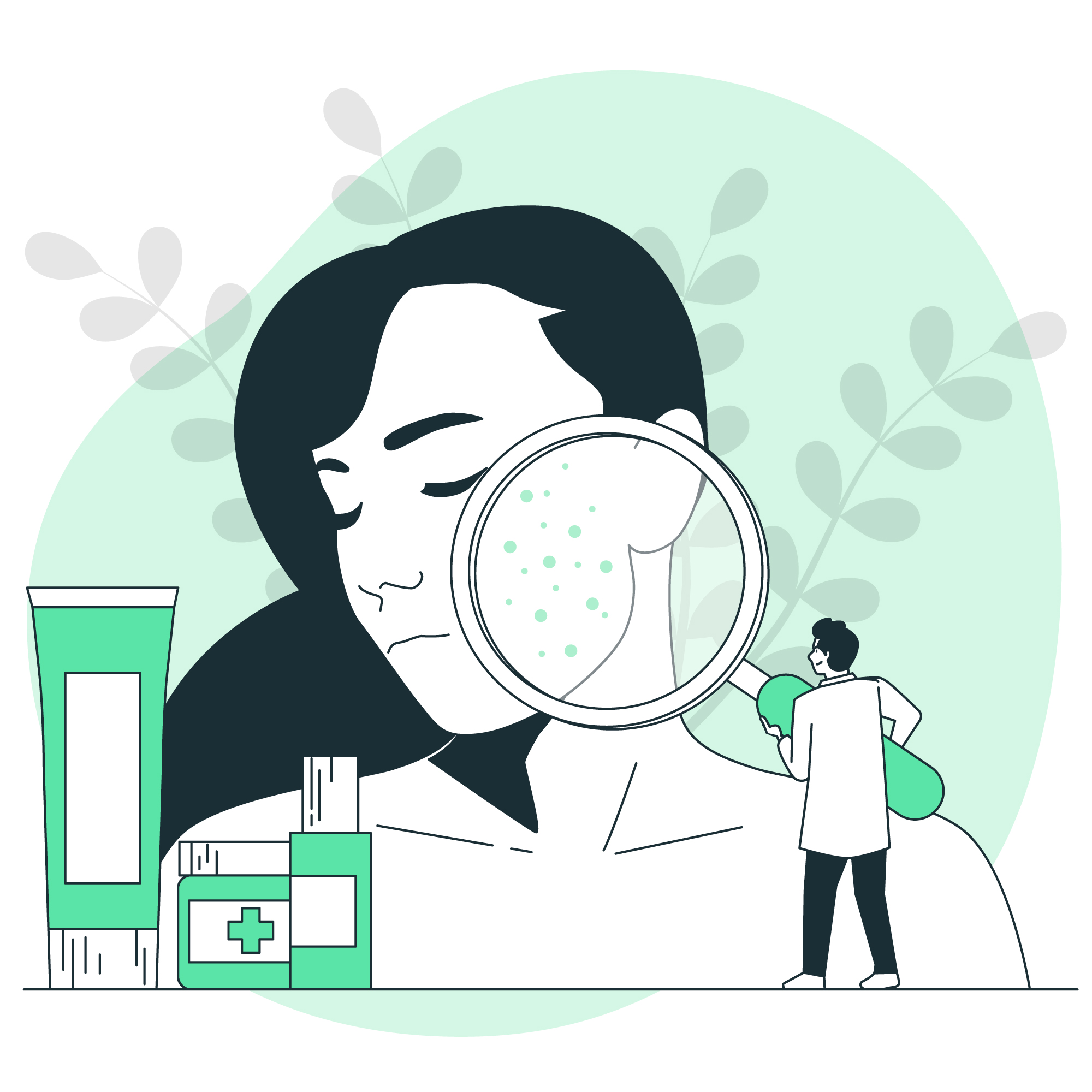Dermatillomania
Dermatillomania, also known as excoriation or skin-picking disorder, is a psychological condition characterized by repetitive, compulsive picking of one’s own skin, leading to tissue damage. This behaviour is classified under body-focused repetitive behaviours (BFRBs), which also include conditions like trichotillomania (hair-pulling disorder) and onychophagia (nail-biting).
Overview
Individuals with dermatillomania often experience an irresistible urge to pick at their skin, resulting in lesions, infections, and scarring. This behaviour can cause significant distress and impair daily functioning. The onset typically occurs in adolescence, and the condition is more prevalent among females.
Key Facts
- Prevalence: While comprehensive epidemiological studies in India are limited, a study highlighted that 2% of individuals seeking help at outpatient dermatology clinics in India have a skin-picking disorder or excoriation.
- Comorbidity: Dermatillomania often coexists with other psychiatric conditions, including anxiety disorders, depression, and obsessive-compulsive disorder (OCD). These comorbidities can complicate diagnosis and treatment.
Symptoms and Patterns
Common symptoms include:
- Recurrent skin picking resulting in lesions.
- Attempts to stop the behaviour are often unsuccessful.
- Significant distress or impairment in social, occupational, or other areas of functioning.
Individuals may pick at healthy skin, minor skin irregularities, or lesions. The behaviour can be conscious or occur without awareness, often triggered by stress, anxiety, or boredom.
Risk and Protective Factors
Risk Factors:
- Psychological Factors: High levels of stress, anxiety, or depression can increase the risk.
- Genetic Predisposition: A family history of BFRBs or related disorders may contribute.
- Personality Traits: Traits such as perfectionism or impulsivity can elevate risk.
Protective Factors:
- Stress Management: Effective coping mechanisms for stress and anxiety can reduce the urge to engage in skin-picking behaviours.
- Social Support: Strong support networks can provide emotional assistance and accountability.
Treatment and Care
Treatment approaches for dermatillomania often involve a combination of therapies:
- Cognitive Behavioural Therapy (CBT): Particularly Habit Reversal Training (HRT), which helps individuals become aware of their triggers and develop alternative responses.
- Medication: Selective serotonin reuptake inhibitors (SSRIs) may be prescribed to manage underlying anxiety or depression.
- Mindfulness Practices: Techniques that enhance awareness and control over the urge to pick.
Psychological and Psychosocial Interventions
Interventions focus on:
- Behavioural Strategies: Implementing competing responses to replace skin-picking behaviours.
- Emotional Regulation: Developing skills to manage negative emotions that trigger the behaviour.
- Environmental Modifications: Altering surroundings to reduce triggers, such as removing mirrors or keeping skin covered.
Conclusion
Dermatillomania is a significant psychological condition that can severely impact an individual’s quality of life. Awareness, early intervention, and appropriate treatment are crucial for effective management. In India, where mental health issues often carry stigma, increasing understanding and providing accessible care are essential steps toward supporting those affected.


